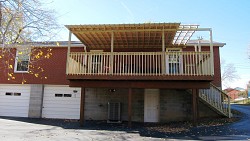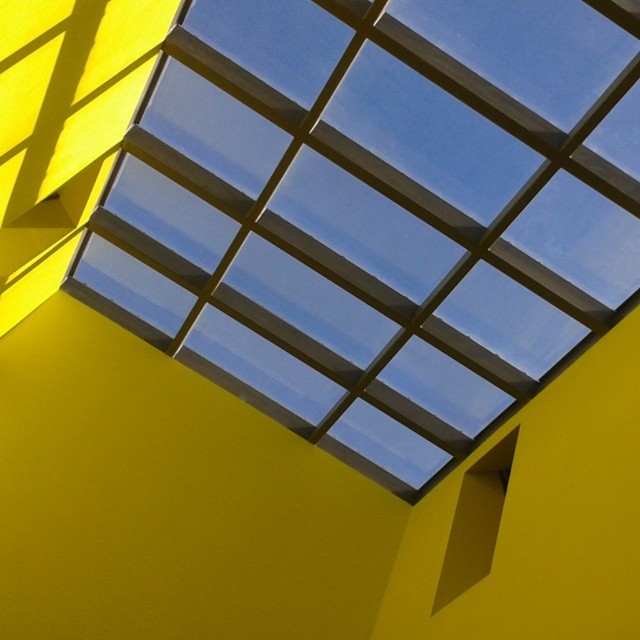Types of Skylight
Are you looking to brighten your home with a skylight or two? All types of skylight bring additional natural light indoors -- up to 30 percent more than vertical windows. Skylights can cut your energy bills in 2 ways. First, they decrease the need to use electric lighting. Second, they can also act as a passive-heating system, so you’ll be able to set your furnace lower in winter. In summer, skylights provide ventilation, while special shades allow you to control the amount of sun entering your home. Skylights make a room look larger, and can even increase the value of your home. Let’s take a look at the various types of skylight available.
Types of Skylight: Fixed, Ventilating and Tubular
There are 3 types of skylight: fixed, ventilating and tubular. Each type of skylight can help brighten up your home by bringing light into the dark areas.
Fixed Skylights
Fixed skylights, the most popular types of skylight, do not open. Install a fixed skylight when you want to add extra light only. Use fixed skylights in areas that are difficult to access, hallways, attics, and stairwells.
Ventilating Skylights
Ventilating skylights (also known as “roof windows”) can be opened, to add both light and air to a room. There are many different styles of ventilating skylights, which may be opened manually or electronically. These are the best types of skylight for kitchens or bathrooms, where they help remove excess moisture and keep a steady flow of air. They may be operated by a remote control, a manual or motorized hand crank, or a temperature-controlled sensor.
Tubular Skylights
Tubular skylights are the newest types of skylight on the market. Also called “light tubes” or “sun pipes,” they are diminutive, domed skylights paired with a reflective metal tube; the combination can make a dramatic difference in the level of light. Typically installed in small rooms, hallways and closets, they are normally 10", 14", or 21” in diameter. Tubular skylights often come with special features such as a dimmer switch to control the amount of daylight that is admitted or an integrated ventilation fan.
Skylight Materials: Glass and Plastic
In terms of material, there are two basic types of skylight: glass and plastic.
Glass tends to be more durable, although skylights must be made of safety glazed glass – either tempered or laminated, or a combination of the two. Double-glazing is more energy-efficient, conserving warm air in inter and cool air in summer. Installation of solar control glass, which reflects away the sun’s heat, also helps to keep the room cooler in summer.
Plastic for skylights can be either polycarbonate or acrylic. Acrylic, while less costly, is also weaker. One disadvantage of polycarbonate is that it tends to yellow as it ages. A special UV-resistant film must be applied to both kinds of plastic to avoid fading of furniture and carpets in the room below. Plastic is preferable to glass for skylights in a flat or low-pitched roof, because water pooling will deteriorate the seal of double-glazed glass.
Important Tips
Choose the right-sized skylight. The optimal size is generally 5 percent of the floor area in a room with a number of existing windows, and 15 percent in a room with few – or no – windows. Select from a wide variety of shapes, including rectangular, diamond, triangular, round, oval, and polygonal.
Contact your local building authority before you go ahead. You might need a permit for your skylight project. Why? Except in the case of small tubulars, skylight installation usually involves cutting into your roof, which will weaken its structure if not professionally done.
Consider roof access. To install the skylight, the contractor you hire will need convenient access to the roof for both a work crew and building materials.
Treat a skylight like a chimney. Roofing pros recommend treating a skylight like a chimney or any other roof penetration – that is, installing a complete flashing system, to avoid leakage.
Position your skylight carefully. Installation in a north-facing roof slope is best if you want to avoid glare and have diffused light throughout the day.
Updated February 12, 2018.
Looking for a Pro? Call us (866) 441-6648

Roofing Average Costs
Roofers Experiences

Roof Repair That Keeps The Snow Out Of Our Attic

Roof Repair Exactly As Dad Requested At Exactly The Right Price




